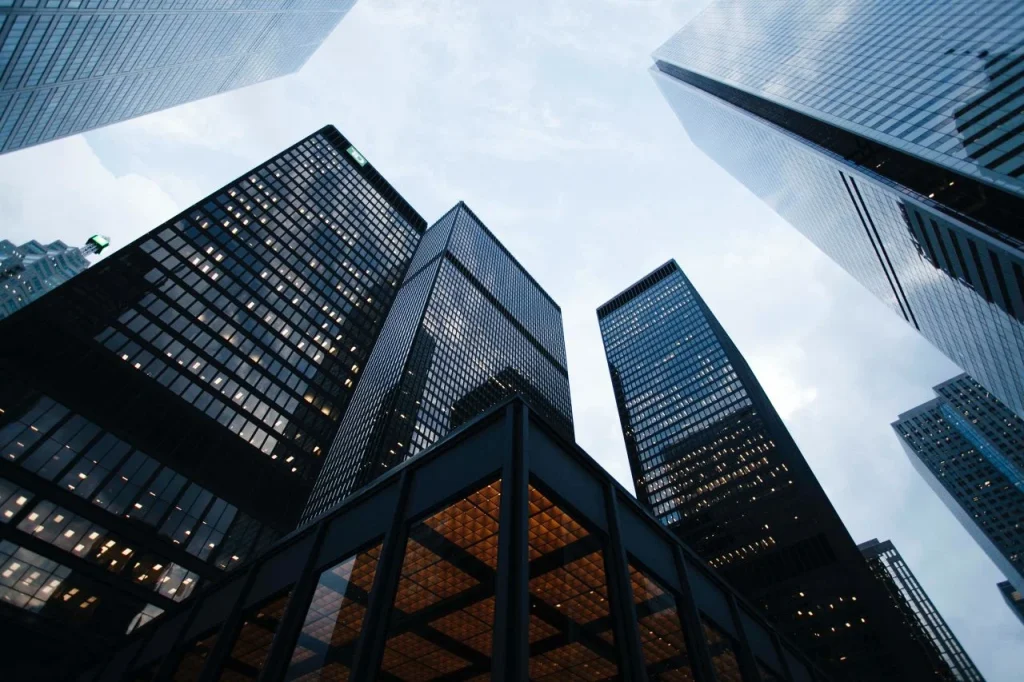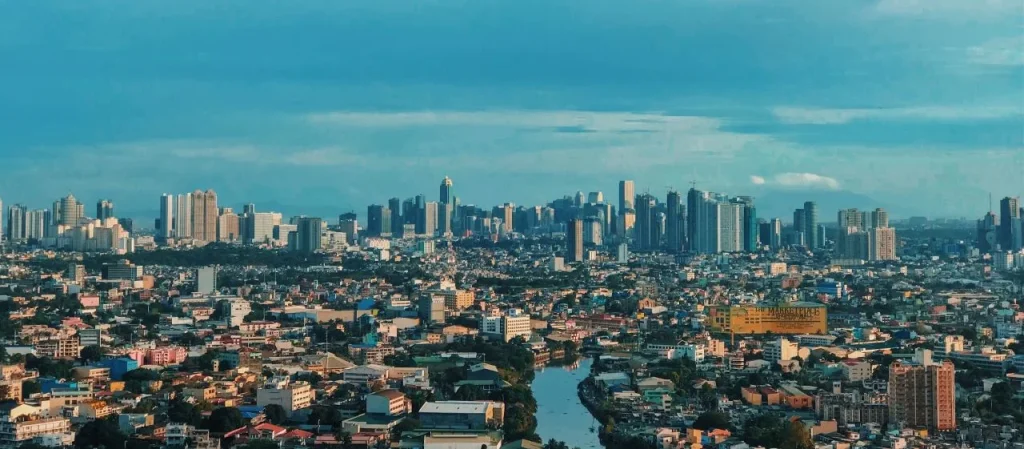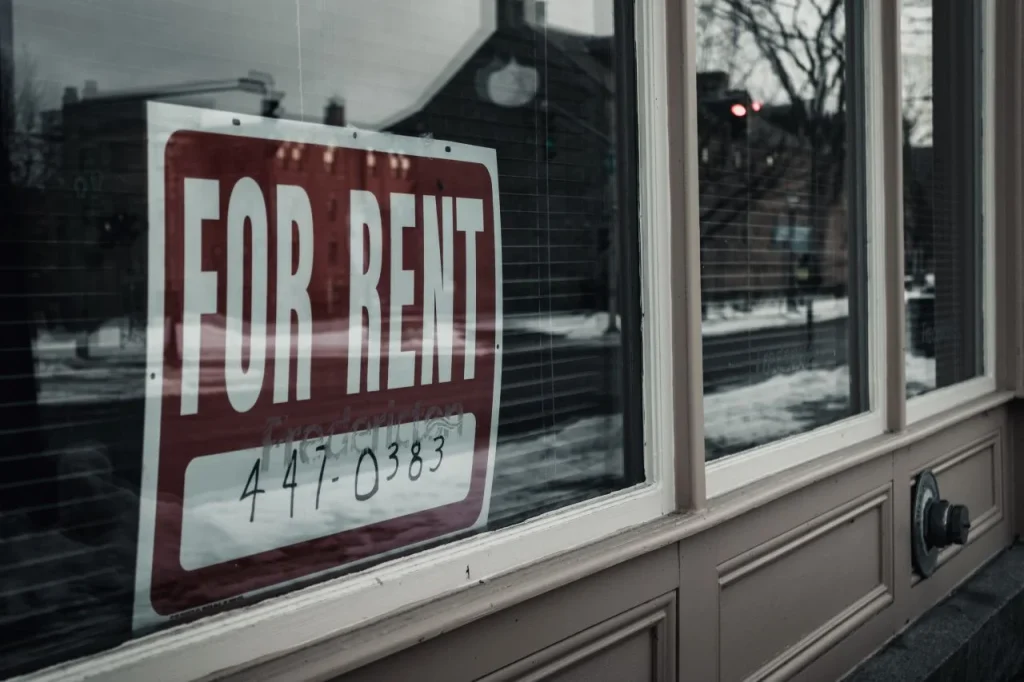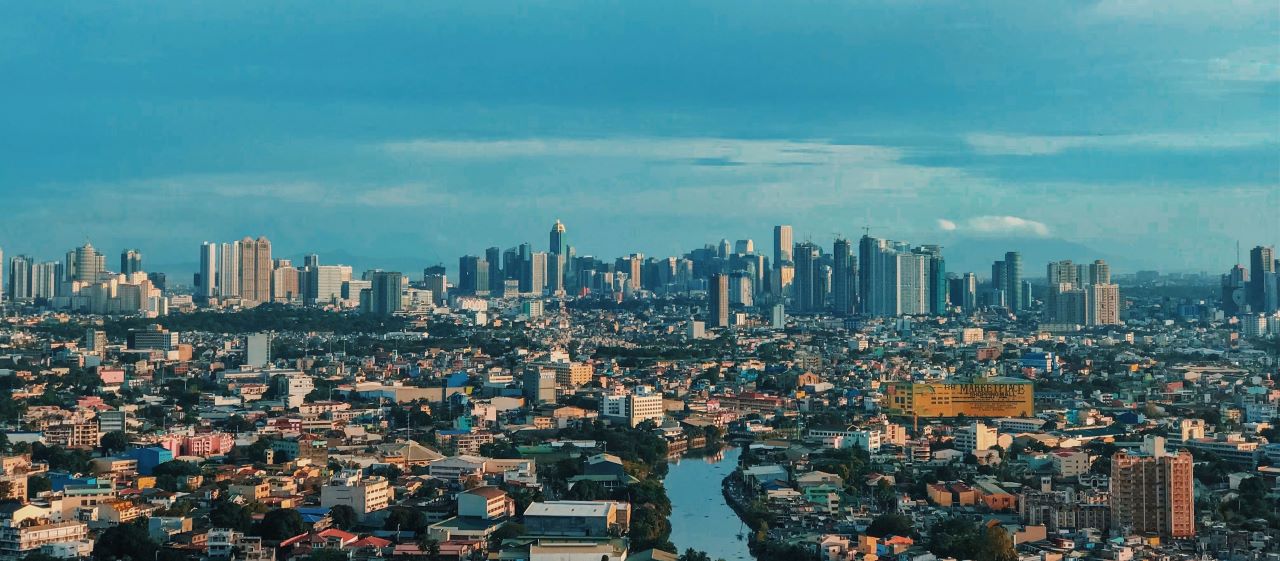Real estate acquisition is one of the most effective ways to protect one’s savings from the drastic effect of increasing PH inflation rate. According to James Chen (2022) an investment that is regarded as protecting the diminished purchasing power of a currency as a result of its value being lost owing to rising prices as a result of inflation or macroeconomic growth is known as an inflation hedge. Investing in an asset with the expectation that it would hold or improve in value over time is the norm. An alternative to this is to take a larger position in assets, which may depreciate less quickly than the currency’s value. a hedge against inflation is an investment designed to guard against a decline in the investor’s purchasing power of money brought on by rising prices for goods and services. The best assets for inflation hedging are those that increase in value over a predetermined length of time or preserve value throughout inflation. Moreover, CFI Team (2023) elaborated that a hedge against inflation is an investment designed to guard against a decline in the investor’s purchasing power of money brought on by rising prices for goods and services. The best assets for inflation hedging are those that increase in value over a predetermined length of time or preserve value throughout inflation.
Protection of oneself against inflation is a smart tactic. According to Forbes (2022), An individual may prevent inflation from eroding the purchasing power of their retirement savings by taking the effects of inflation on the assets that they own into consideration when making future investments. They can secure their retirement funds over the long run by investing in real estate that generates income.

Despite the advantage of real estate’s protection from inflation, it is not a hundred percent guaranteed that investors will not face any complications along the way with their investment plans. It is still advisable for real estate investors to review the real estate market diligently before jumping into this passive investment opportunity.
Based on the blog post published by Dotproperty.com (2023), According to the most current Residential Real Estate Price Index from the Bangko Sentral ng Pilipinas (BSP), home prices in the Philippines grew during 2022 and stayed considerably higher than in 2021. However, quarterly growth slowed or even declined in Metro Manila, which could be an indication that the property market is beginning to feel the effects of inflation.
Compared to the same quarter in 2021, residential property prices in the country, increased 7.4 percent overall during the fourth quarter of last year. That was led by the National Capital Region (NCR), where property for sale prices rose 16..1 percent year over year.

The quarterly figures, however, were much more modest. Between the third and fourth quarters of 2022, residential real estate prices in the Philippines increased by 2.2 percent. Additionally, they fell by 2.4 percent in Metro Manila. The residential property prices in the NCR increased by 14.6 percent in the third quarter of 2022 compared to the second quarter, according to the previous Residential Real Estate Price Index.
The fact that residential real estate loans declined by 22 percent in the NCR during the final quarter of 2022 may be of greater concern. While some of that can be attributed to the typical year-end slowdown, experts are also keeping an eye on inflation to determine what impact it may have had in that dip.
In an effort to control inflation, the central bank increased interest rates frequently throughout the previous 12 months. Mortgages are also impacted by this action because it raises borrowing costs. Property prices will probably decrease in some way if the number of mortgages declines more.
“The aggressive contractionary monetary policy stance by the BSP, which is in sync with other central banks, prompted by the rallying prices, may slow down the global recovery, as well as delay the expected real estate market recovery in the short term, as local and global locators, assess the elevated uncertainties,” Cushman & Wakefield Philippines stated in a recent report.
Economic Recovery of the Philippines

The global financial crisis brought on by the pandemic is still troubling today’s economic state. Many countries experienced economic uncertainty which drove people to end up spending their savings and investment opportunities since the stock market and many businesses had to shut down.
Many developing countries suffered the most during the first wave of the Covid-19 lockdown. And the Philippines saw how drastic the health crisis was. The government and its fiscal sustainability had to be tight to support the countrymen. Since the labor market was down.
The International Labour Organization mentioned that amid the economic uncertainty for employers, the COVID-19 crisis risks the labor market gains and prospects of workers. As of 24 August, about 2 million workers in more than 83,000 establishments in the Philippines were reported to have been affected by temporary business closures, while about 1.2 million were impacted by the adoption of flexible work arrangements in more than 28,000 firms.
Based on their projection last 2020, the effects of COVID-19 on the economy and labor market are expected to disrupt one-quarter of all employment in the Philippines, either through reduced wages and working hours or total job loss. This equals roughly 10.9 million employees. 38 percent of the occupations at risk from COVID-19 disruptions are held by women.
However, in the year 2022, according to the National Economic and Development Authority (NEDA), the Philippines is maintaining a positive labor market, which is paving the way for a rapid recovery of the country’s economy from the COVID-19 pandemic’s effects.
Moreover, the Philippine Statistics Authority added that the nation’s jobless rate decreased from 7.4 percent in October 2021 to 4.5 percent in October 2022. Since 2019, this October round’s unemployment rate has been at its lowest. As a result, the employment rate rose to 95.5 percent, setting a new high since the pandemic began. This amounts to a level of employment in October 2022 of 47.1 million, which is 3.3 million more than it was during the same time last year. NEDA’s secretary also added that the country’s persistent labor market recovery supports its conviction that its policies and initiatives to resuscitate the Philippine economy are successful.
Global economy 2023

On the 27th of March of 2023, the World Bank stated that the world’s current economic state, “speed limit”—the fastest rate of long-term expansion that can occur without triggering inflation—is expected to drop to its lowest level in three decades by 2030. According to a recent World Bank research, bold policy changes are needed to boost productivity and the labor supply, boost trade and investment, and realize the full potential of the services sector.
Moreover, In the wake of the COVID-19 epidemic and the Russian invasion of Ukraine, the paper Falling Long-Term Growth Prospects: Trends, Expectations, and Policies provides the first thorough analysis of long-term potential production growth rates. These rates might be viewed as the “speed limit” of the world economy.
The analysis reveals a worrying trend: almost every economic engine that fueled development and prosperity over the previous three decades is losing strength. As a result, it is anticipated that the average annual rate of global potential GDP growth between 2022 and 2030 will fall to 2.2% from the level seen in the first ten years of this century.
According to the Senior Vice President of Development Economics and the World Bank’s Chief Economist, Indermit Gill, The world’s capacity to address the growing list of issues specific to our time—stubborn poverty, diverging incomes, and climate change—is seriously impacted by the steady fall in potential growth. But this decrease can be stopped. It is possible to increase the speed limit of the world economy by implementing policies that reward labor, boost productivity, and quicken investment.
At the beginning of the year 2023, the International Monetary Fund added that according to projections, global growth will first decline from an estimated 3.4 percent in 2022 to 2.9 percent in 2023 before increasing to 3.1 percent in 2024. The 2023 projection is 0.2 percentage points higher than what the World Economic Outlook (WEO) for October 2022 forecasted, although it is still below the historical (2000–19) average of 3.8 percent. Russia’s war in Ukraine and the increase in central bank rates to combat inflation continue to have a negative impact on economic growth. Growth was slowed in 2022 by the quick spread of COVID-19 in China, but the recent reopening has made it possible for a quicker-than-anticipated comeback. World inflation is anticipated to decline from 8.8% in 2022 to 6.60% in 2023 and 4.30% in 2024, still above pre-pandemic levels of roughly 3.5% (2017–19).
Notwithstanding the problem in the cost of living, maintaining persistent disinflation remains a top issue in most economies. Due to the potential effects that tighter monetary conditions and slower growth may have on financial and debt stability, the employment of macroprudential instruments and the fortification of debt restructuring frameworks are necessary. In China, increasing COVID-19 vaccination rates would protect the recovery and have positive cross-border benefits. Financial aid should be adequately targeted at those most affected by the rising cost of food and energy, and broad-based fiscal relief initiatives should be stopped. To protect the advantages of the rules-based global system, lower greenhouse gas emissions, and boost green investment, strong multilateral cooperation is necessary.
How to Thrive in Real Estate

Although the pandemic’s risk experienced a downward trend, there is no denying that the world is still battling a global recession. Experts also determine this as the aftermath of the pandemic. Despite Covid being the least troublesome, there are still existing challenges that can lead to risks in maintaining the real estate business and investments even if the housing market is expected to increase.
Here are some of the strategies in order to thrive in real estate.

Choose a good location
The building’s location is the most crucial part of the real estate industry. The more accessible location, the better.
Many real estate investors are choosing housing close to the city or convenient for work areas. Real estate agents will suggest different houses in the Philippines or properties from a similar location, but it is important to have extensive research on the architectural design and the land quality since it is significant that the property can withstand unforeseeable natural disasters.
Other factors that the location needs to be thoroughly determined are its access to transportation and security.
Introducing Crown Asia’s house and lot properties. Real estate provides a premium and safe environment for clients. Their properties are accessible to different establishments with makes it convenient for house owners. Moreover, most of the designs of Crown Asia’s properties are influenced by Italian architecture.
Rentvest (Rent-Invest)

The concept of Renvesting may be new in the Filipino setting, but this practice is well-known in Australia. Many Australians purchase land in provinces or rural areas, while they attain their preferred lifestyle by renting the property instead of purchasing one in the city. Furthermore, the properties they purchased are for rent as well. Hence, they earn rental income from it.
Earn rent income
Real estate investors are purchasing properties as rental spaces. As mentioned, Crown Asia’s pristine yet accessible locations are their biggest advantages. Citta Italia in Buhay na Tubig, Cavite has access to the AllHome Grocery store which is 24 hours open. The area is also within Molino Boulevard which is near NOMO and Main Square. The highway is accessible to highway roads going to Manila, hence it is travel friendly going to National Capital Region.
Building relationships with real estate agents

Having a good connection with real estate agents can give a competitive advantage in the real estate industry. In addition to buyers and sellers, real estate agents also have extensive networks with lenders, brokers, inspectors, and contractors. In order to get the recommendations and references they require, investors might simply establish direct contact with the agent.
Related Blog: Positive Outlook: PH Real Estate Thriving Amid Uncertainty


